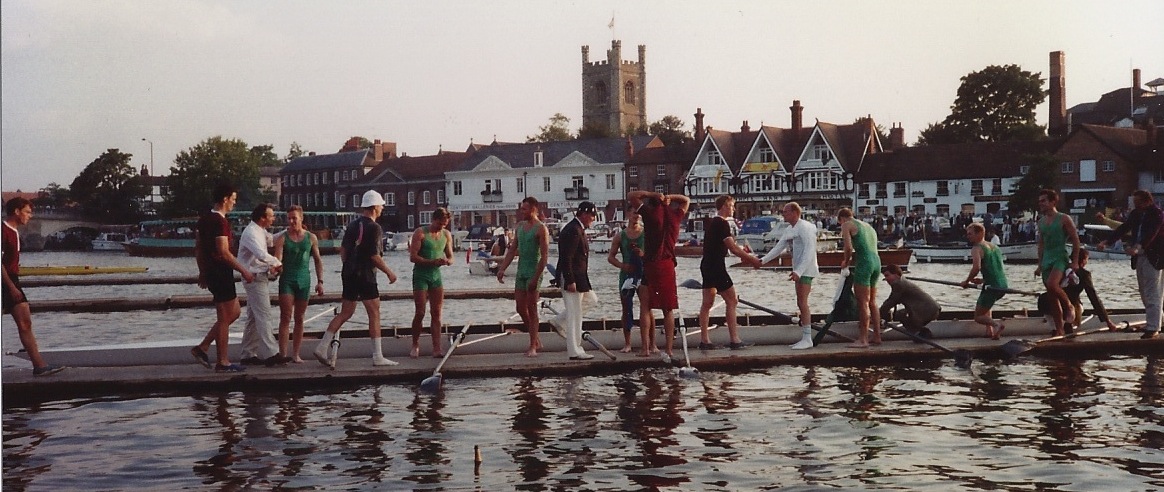Sport’s serial law maker
On 10 February 1866, an article appeared in a new weekly newspaper welcoming the establishment of a new athletics club in London.
The Amateur Athletic Club wouldn’t be an athletic club as we would understand the term today. It’s “object” was to establish “a ground at which numerous competitions in Amateur Athletic Sports and Foot Races may take place.” It was also intended that as soon as funding allowed, club members would be able to enjoy the use of “a Club House, Gymnasium, Racquet Courts, Swimming Bath &c.”.
The AAC saw itself assuming the same role in athletics “that the Jockey Club holds toward racing or the Marylebone Club towards cricketers.” One of its earliest resolutions was to organise “an Annual Champion Meeting for Athletic Sports on the day before the Boat Race between Oxford and Cambridge”.
Appearing in just the third issue of Land and Water, the article represents something of a landmark in the history of organised sport. The article’s author was John Graham Chambers, then 23 years of age and a recent graduate from Cambridge University. A double rowing blue and former president of Cambridge University Boat Club, Chambers had also been one of the instigators of the first Inter-Varsity athletics match in 1864.
Although his personal interest wasn’t declared in the article, Chambers – who would later become editor of Land and Water – was deeply involved in establishing the Amateur Athletic Club. He was appointed to the working committee and would become the general manager of the Club’s grounds, once they had been secured.
He was one of the first to write a rule-book for athletics. A contemporary at Cambridge and close friend of the Marquess of Queensberry, he was the principle author of the eponymous rules of boxing. He was part of a group that revised rowing’s rules of racing and also took an interest in the rules of billiards. As a member of a sub-committee of Stewards, he devised a management structure for Henley Royal Regatta that was later adopted by de Coubertin for the International Olympic Committee.
As well as the first national championships in athletics, Chambers would also stage the first boxing tournaments under the Queensberry rules and some of the earliest track cycling races – when the only bikes were penny farthings. He would also host the second F.A. Cup Final.
Chambers’ name crops up in all sorts of sporting histories of the 1860s and 1870s but the numerous strands of his own story don’t appear to have been pulled together.
His involvement in sport touches on a number of sporting and societal themes that resonate loudly 150 years later:
- Governance of sport and governing bodies
- Betting and its threat to the integrity of sport
- The close relationship between sport and the media
- Accessibility and inclusivity
- Economics and sustainability of sporting venues
- The influence of Old Etonians
- Full beards being fashionable!
In his personal life, Chambers missed out on what would have been a substantial inheritance – due to the illegitimacy of his father. As it happened, he only survived his father by a year: even by Victorian standards, his death at the age of just 40, must be considered premature. If histories are written by the winners, perhaps Chambers’ story has not been told because he died too young to write it himself.
I’m already indebted to several historians – some professional and others enthusiastic amateurs like myself – who have provided leads, tips, advice and encouragement. If any readers have come across any other references to Chambers, please share them with me by leaving a comment.
Thanks.





